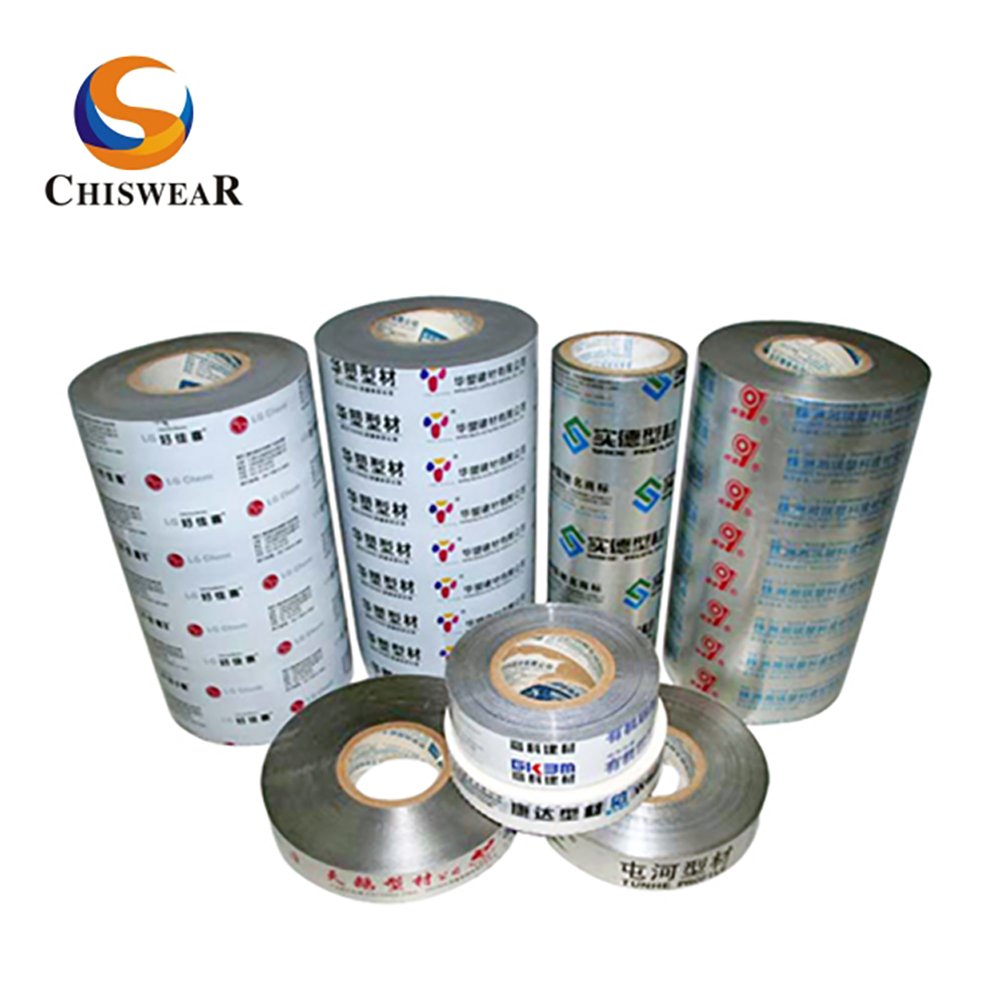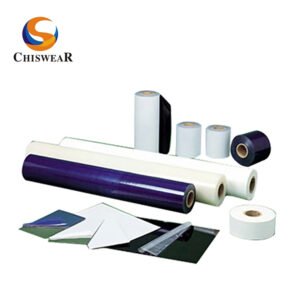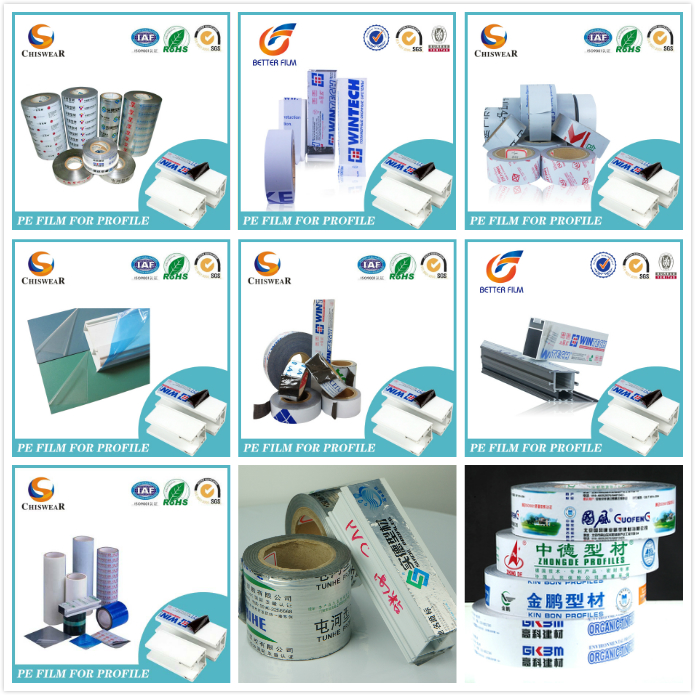Table of Contents
Meta Description
Discover how to effectively protect PVC profiles with surface protection films, addressing common issues like peeling, yellowing, and bubbles for enhanced durability.
Body
PVC profiles are most commonly used as construction material. These are widely used in almost every kind of structure. Some of the most common places where you’d see PVC profiles include doors, windows, claddings, and others. One of the reasons why PVC profiles are recommended in modern construction is that they are lightweight. Moreover, PVC profiles are durable and corrosion-resistant.
However, their surface can easily get damaged during manufacturing, storage, transportation and daily use. To maintain their aesthetic appeal and longevity, PVC profiles need to be protected by a surface protection film. It helps protect them against scratches, moisture, extreme temperatures, continuous UV exposure, and pollutants, making sure they maintain a pristine condition over the years.
However, a low-quality protection film or inappropriate application can become a problem instead of a solution. The issues related to adhesion, sensitivity to extreme weather, tearing, and incompatibility with the surface can compromise the protection capabilities of the film. Hence, you need to make a learned choice while selecting a protection film for PVC profiles.

Common Problems and Solutions
Here are some of the common issues you may expect from surface protection films if you don’t make an appropriate choice. Let’s have a look at how you can avoid these issues.
Premature Peeling
The protective film might peel off, exposing the surface underneath, due to poor adhesion. This happens when the cling of the film is not strong enough. Moreover, the unclean surface at the time of application due to dust particles, grease, or oil may also impact the adhesive traits of the film.
On the other hand, a film that is too adhesive may leave unwanted residue when removed. This can damage the surface instead of protecting it.
Solution
To avoid problems related to adhesion, you need to pay attention to both the selection and application process.
- When it comes to application, make sure the surface is clean before applying the film. You can use an alcoholic cleaning solution to clean the surface. Make sure the surface is dry and there are no dust particles. Use tools for application if you are applying the film on large or intricately designed parts.
- Select the film wisely. If the PVC profiles are to be stored outside, using a film with UV stabilizers ensures that it keeps its integrity and doesn’t degrade and leave residue when removed.
- Make sure you go with easily removable films with appropriate adhesive capabilities when protecting the surface during storage or transportation.
- For hot conditions, choose a heat-resistant protection film. The usual ones may soften due to heat and leave residue when removed.

Yellowing and Staining
The protective films may change their appearance to a yellowish color over time. This is another common issue and it may result due to prolonged exposure to UV rays. Moreover, the hot and humid environmental settings can also result in the aging of protection films.
Solution
- When using the protective films outdoors and for prolonged periods, it is best to go for the ones that have UV stabilizers. Using heat-proof films is also recommended.
- Moreover, for prolonged life, don’t go with the films made with sub-standard polymers. These have a shorter life span and can develop stains fairly quickly.
- Going with the films with anti-oxidants ensures that the adhesives do not react with chemicals on the surface that cause the discoloration.
Bubbles Formation
Another common problem with surface protection films is the appearance of bubbles under the film. This can impact the appearance of the PVC profile and also cause incomplete protection. One of the reasons for bubble formation is the trapped air. Besides, a contaminated surface with pollutants like dust particles and oil may also result in imperfect application and the film may not sit properly on the surface.
Solution
- Applying enough and equal pressure during application is the key to proper application, and avoiding bubbles.
- Clean the surface and prepare it before applying a protection film.
- Where possible, use micro-perforated protection films to make sure no air gets trapped and the application is even.
- Relying on automated application tools can go a long way in ensuring proper application without bubbles and wrinkles.
- Using quality adhesive films that are compatible to the finishing on the surface helps avoid imperfect application.
Case Studies and Data Analysis
Renowned companies across the globe report enhanced performance of protection films by adopting the best application measures. For example, according to Refoil, using automated application tools like PDSIG applicators can help reduce the occurrence of bubbles significantly and ensure uniform application of pressure. This has helped reduce premature peeling as well.
Similarly, one of our clients complained about the appearance of bubbles during application of protection films to his claddings. We recommended him to try perforated films for better performance and to reduce the bubbles. He reported better adhesion, and a significant reduction in bubbles, thus enhancing the aesthetic appearance of the claddings.
Conclusion
In conclusion, ensuring the effective protection of PVC profiles requires both the right choice of protective films and precise application techniques. Key challenges such as premature peeling, yellowing, and bubble formation can be mitigated by selecting UV-stabilized, heat-resistant, and micro-perforated films tailored to the conditions in which the profiles are stored or used. Automated application tools further enhance film performance by ensuring uniform pressure and eliminating air pockets. By adopting these best practices, manufacturers can improve the longevity, aesthetic appeal, and durability of PVC profiles, minimizing waste and enhancing product quality.









